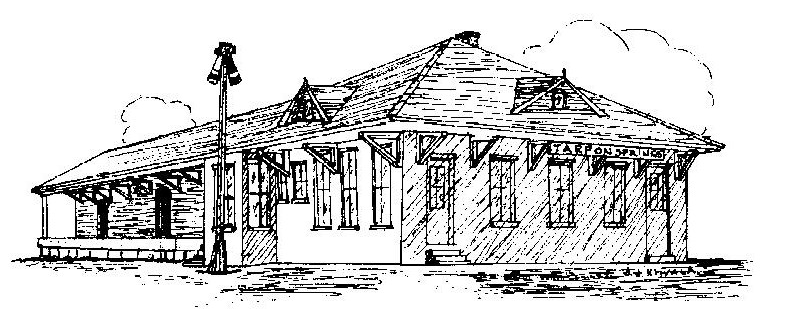Tarpon Springs Area Historical Society
Historical Overview
The Railroad and The Anclote Lighthouse
“1887: Railways and Lighthouses Transform Tarpon Springs”

In 1887, Tarpon Springs underwent significant growth with the arrival of the Orange Belt Railway. Granville Noblit, a surveyor for the railway, mapped out a route from Tarpon Springs to St. Petersburg in 1884. The city leaders provided land for the depot, while Hamilton Disston donated the right-of-way, facilitating construction. Before the railway, reaching Tarpon Springs required a long journey by train, horse and buggy, and steamboat. The railway streamlined access, linking the town more directly to other parts of Florida and fostering economic development.
That same year marked a significant milestone with the completion of the Anclote Key Lighthouse, a beacon that greatly enhanced maritime navigation along the Gulf Coast. This critical development was instrumental in improving transportation routes, ensuring safer passage for vessels navigating the waters. The lighthouse not only served as a guide for sailors but also symbolized the region's growing importance as a center for trade and commerce. These advancements collectively laid a strong foundation for Tarpon Springs to evolve into a vital regional hub, fostering economic growth and connectivity with surrounding areas.
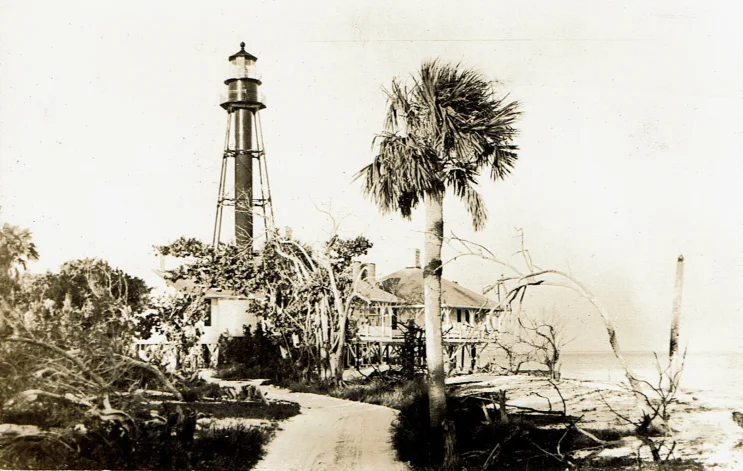
Early Settlers
“The Origins of Tarpon Springs Foundations by the Gulf”
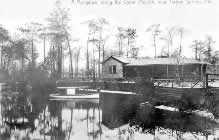
The City of Tarpon Springs is located on the Gulf of Mexico. The name was inspired by the tarpon fish which was abundant in the waters around the city during the late nineteenth century. How the city got its name is attributed to Mary Ormond, daughter of early settler A. W. Ormond in the 1870s. It is said that Mary named the town “because of the great numbers of tarpon that frequent the springs.
The first private landholder in the area was Samuel E. Hope who purchased land on the north side of the Anclote River in 1864. After the Civil War, two brothers from Ocala, Frederic and Benjamin Meyers, purchased land from Hope and established homesteads on the river. In 1876, A. W. Ormond and his daughter, Mary, moved from North Carolina and became the first settlers to live in what is now the city limits of Tarpon Springs.
Disston Purchase
“Catalyzing the Growth of Tarpon Springs”
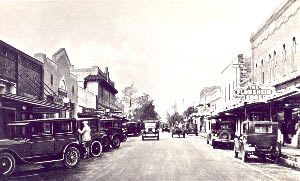
The event that hastened the development of Tarpon Springs, as well as the settlement of much of the southern half of Florida, was the Disston land purchase of 1881. Hamilton Disston, a wealthy saw manufacturer from Philadelphia, shrewdly acquired 4 million acres of Florida land at twenty-five cents per acre from the Florida Internal Improvement Trust Fund. This fund was set up in 1855 to administer state lands that were available for sale to the public. After the Civil War, the fund became mired in debt and by state statute, could not sell land until the debt was cleared. Approximately 20,000 acres of the purchase were located in what is now Pinellas, Pasco, and Hillsborough counties. In 1882 Disston’s surveyor, Major Mathew Robinson Marks, conducted the first survey and laid out the town of Tarpon Springs. Disston and associates formed the Lake Butler Villa Company to sell land and selected Tarpon Springs as the base of operations because of its location. Gradually the town grew.
In 1884 a post office was opened with Ed Blum, a Russian Jew, serving as the postmaster. Within a few years, the town attracted about 300 residents. On February 12, 1887, Tarpon Springs became the first incorporated city on the Pinellas peninsula.
The Sponge Industry
“John King Cheyney : Founder of Tarpon Springs’ Sponge Industry”

John King Cheyney, son of a wealthy Philadelphia Quaker and associate of Disston, became the leading officer of the Lake Butler Villa Company after the death of Anson Safford. He established the sponge industry in Tarpon Springs. It was, however, the Greek immigrants who expanded and refined sponging in Tarpon Springs. There had been a sponge industry in the Bahamas and Key West since the 1840s.
All sponges harvested in Florida at that time were taken by what is known as the “hook method”. The hook method entails small dinghies worked along the Gulf shore with one man to handle the oars while another used a glass bottom bucket to locate the sponges. Using a 20 to 30-foot pole with a pronged hook on the end, sponges were pried from the bottom of the Gulf. In 1885, a rubberized diving suit with a pumped-in air supply was invented by a Frenchman. Cheyney was probably aware of this new technology and soon devised a way to use that technology to make sponging a profitable industry in Tarpon Springs.
"In the late 1880s, John K. Cheyney organized a commercial sponging operation, using rowboats equipped with long poles with grapples on the end and a glass-bottom bucket to harvest the sponges. The founding of the commercial sponge industry in 1890 changed Tarpon Springs forever. In 1891, Cheyney formed the Anclote and Rock Island Sponge Company".
The Greek Presence
“Growth of the Sponge Industry and Community in Tarpon Springs”
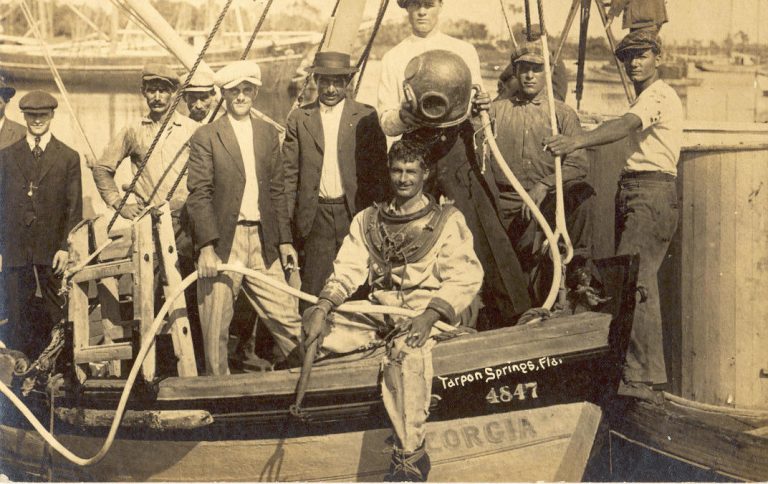
John Cocoris, a sponger buyer for a New York firm arrived in Tarpon Springs in 1896. Cocoris went to work for Cheyney and in 1905, recruited 500 Greek divers from the Dodecanese Islands. Cocoris introduced the first mechanized sponge fishing boat to Tarpon Springs using a rubberized diving suit and metal helmet, making the industry more efficient. Other Greeks soon followed, and businesses were established to serve the Greek community including restaurants, coffee houses, and grocery stores.
Following the influx of Greek divers, their families, and the accompanying commerce, sponge merchants and brokers came to Tarpon Springs.
Their presence helped to create a well-integrated industry. They built boats, loaned money to boat owners, and supplied tools and equipment to the entire sponge fleet. In 1907,
"The Sponge Exchange was founded as a non-profit organization by 50 local buyers and provided safe storage for the sponges and a large open area for silent auctions. Some of the buildings have survived many changes over the years, and today the Sponge Exchange is a shopping center".
